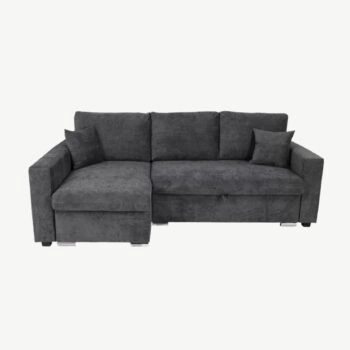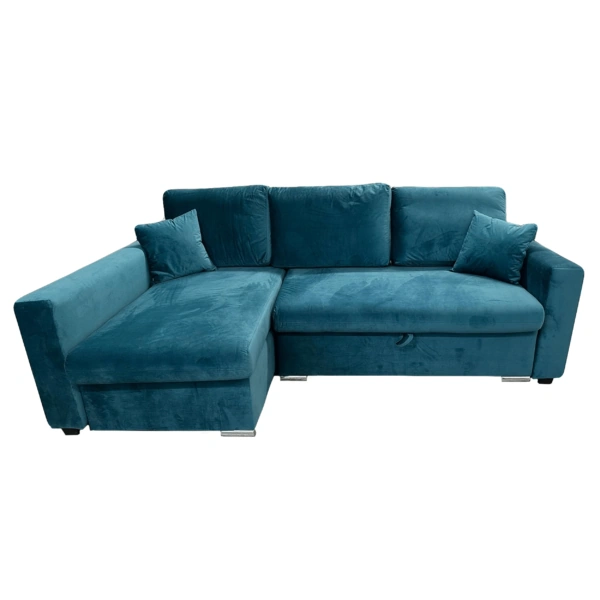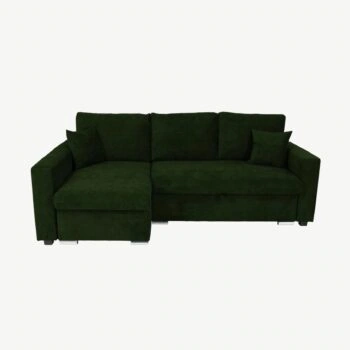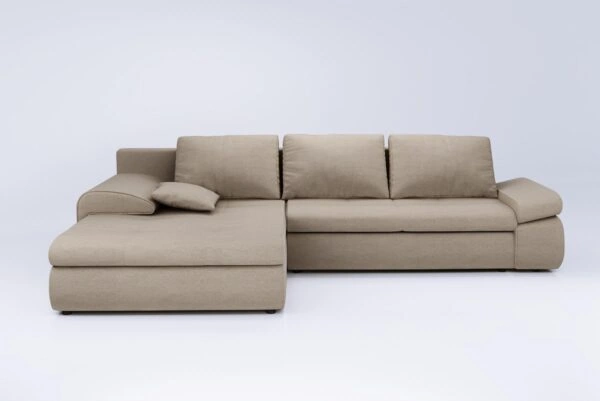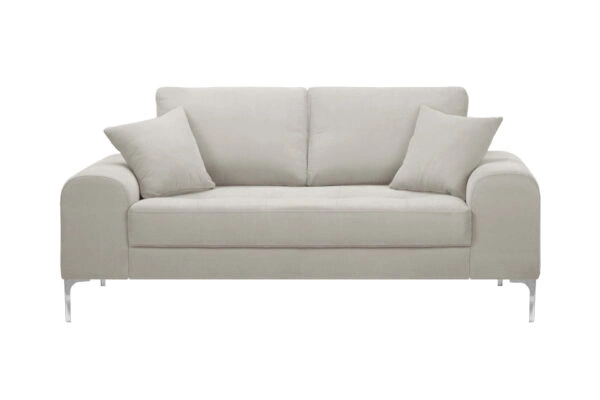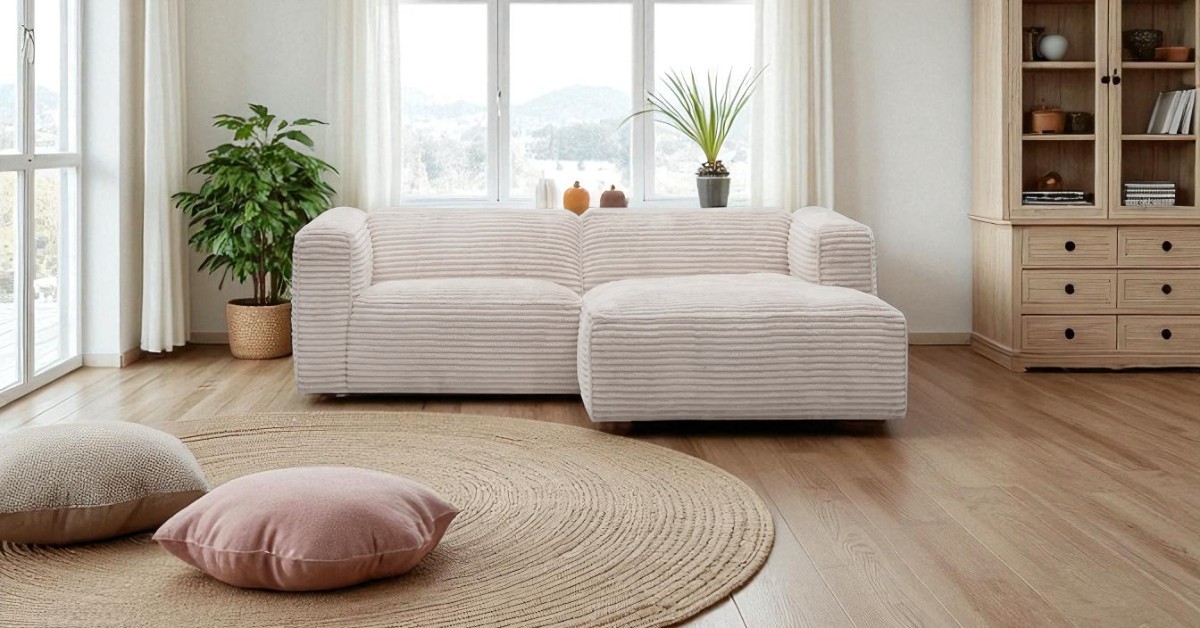
Posted on June 4, 2025
Allergy-Friendly Sofa Care: Practical Tips for UK Homes
At a glance (quick wins)
- Vacuum upholstery weekly with a HEPA-filtered vacuum and soft brush.
- Wash or steam-clean removable covers every 4–8 weeks.
- Choose tightly woven, low-pile fabrics or leather; avoid heavy chenille if allergies are severe.
- Use washable throws as a first line of defence; launder at 60°C where care labels allow.
- Keep windows closed on high pollen days; air rooms at low-pollen times (early morning/evening).
- Control humidity (40–50%) to deter dust mites and mould.
- Groom pets regularly and create “sofa-free” zones if symptoms flare.
Why sofas trap allergens (and what you can do)
British homes face a familiar trio: dust mites, pet dander, and seasonal pollen. Sofas and armchairs collect all three because we sit, snack and relax on them daily. Fabrics with deep pile or loose weave trap particles; humidity and central heating can make things worse.
Your strategy: pair smarter material choices with a simple, regular care routine. You don’t need to overhaul your whole living room—consistent, light maintenance beats occasional deep cleans.
Choose allergy-smart sofa materials
Best bets
- Performance fabrics (tight weave, low pile): hard-wearing, easier to vacuum, often stain-resistant.
- Microfibre: densely woven, smooth surface that releases dust easily.
- Leather (or high-quality faux leather): non-fibrous surface; a quick wipe removes pollen and pet dander.
Use with care
- Velvet, heavy chenille, boucle: beautiful, but textured and more likely to hold dust. If you love the look, commit to stricter maintenance and consider removable, washable covers.
Choose allergy-smart sofa materials
1. HEPA vacuum
- Use the upholstery tool and a gentle, overlapping pattern from top to bottom.
- Don’t forget crevices, seams, and under cushions.
2. Shake & swap soft layers
- Remove throws and cushion covers; launder those that are washable.
- Keep a spare set so the sofa is always protected.
3. Quick wipe-down for non-fabric areas
- Wipe legs, arms (if wood or metal), and nearby surfaces to stop re-deposition.
4. Floor first, then sofa, then floor again
- Vacuum the floor before and after the sofa to pick up what your brush dislodges.
Monthly & seasonal tasks (UK calendar-friendly)
Every 4–8 weeks:
- Wash covers (check labels; 40–60°C if permitted).
- Steam-clean fabric (short bursts) to refresh fibres and loosen residues.
Spring–Summer (pollen season):
- Keep windows closed during midday peaks; ventilate early morning/evening.
- Park outerwear away from sofas; use a door-side lint roller for quick de-pollen.
Autumn–Winter (damp & heating):
- Use a dehumidifier to maintain 40–50% humidity.
- Pull sofas 5–10 cm from external walls to improve airflow and deter condensation.
Pet dander: practical solutions that actually stick
Designate a pet blanket on your sofa; wash it twice weekly.
Groom pets outdoors where possible; use dander-reducing wipes between baths.
High-sensitivity households: keep one sofa “pet-free” for symptom-prone family members.
Spot cleaning without triggering symptoms
- Check the care label first.
- Dry methods first: vacuum, lint roller, soft brush.
- Test any cleaner on a hidden patch.
- Blot, don’t rub. Push stains deeper and you trap allergens too.
- Rinse residue. Leftover detergent can attract more dust; finish with a damp (not wet) microfibre cloth and allow to dry thoroughly.
When removable covers make all the difference
Removable, machine-washable covers are a game-changer for allergy management. Many models at furniture-story.co.uk offer zip-off cushions and loose covers—ideal if you share your sofa with kids or pets. If you’re choosing a new piece, ask for:
- Cover composition and maximum wash temperature
- Shrinkage allowance and colourfastness
- Availability of spare/replaceable covers for long-term freshness
Tools & accessories worth having
- HEPA-filtered vacuum with upholstery and crevice tools
- Lint rollers (keep one near the door during pollen season)
- Dehumidifier for cooler, damp months
- Steam cleaner rated for upholstery (follow fabric guidance)
- Spare washable throws and cushion covers
Buying guide: choosing your next allergy-smart sofa
When browsing Furniture Story, check for:
- Fabric type: tight weave, low pile, performance finishes
- Removable covers: on seat and back cushions (ideally frame covers too)
- Leg height & access: enough clearance to vacuum underneath easily
- Modularity: sections that separate for thorough cleaning
- Aftercare support: stain-guard options, spare covers, fabric swatch service
FAQs
What temperature should I wash sofa covers at?
Follow the label. If 60°C is permitted, it’s helpful for dust mite reduction. Otherwise, use the highest allowed temperature with a sensitive, low-residue detergent.
Is leather always better for allergies?
Leather (and good faux leather) doesn’t trap dust like fabric, but comfort and style matter too. A tight-weave fabric with regular care can perform excellently.
How often should I steam-clean?
Every 1–2 months for busy households, or at the change of seasons. Always keep sessions short and let fabric dry fully.
Do fabric protectors help?
They won’t remove allergens, but they make spills bead up and reduce residues that can hold on to dust. Reapply per product guidance.
The bottom line
Allergy-friendly sofa care is less about perfection and more about simple, consistent habits: the right fabric, regular HEPA vacuuming, smart laundering, and seasonal tweaks for Britain’s climate. With a few changes—and possibly the right new sofa—you can make your living room noticeably fresher and more comfortable for everyone.
Related products
-
Flavio Corner Sofa Bed Dark Grey Kensington Charcoal
£765.00 -
Flavio Corner Sofa Bed Turquoise Malia Mallard
£790.00 -
Flavio Corner Sofa Bed Velluto 27 Jungle Green
£790.00 -
Bono Corner Sofa Bed Universal Beige
£1,947.00£1,070.00 -
Russell 2 Seater Sofa Light Grey Soro 21
£389.00

